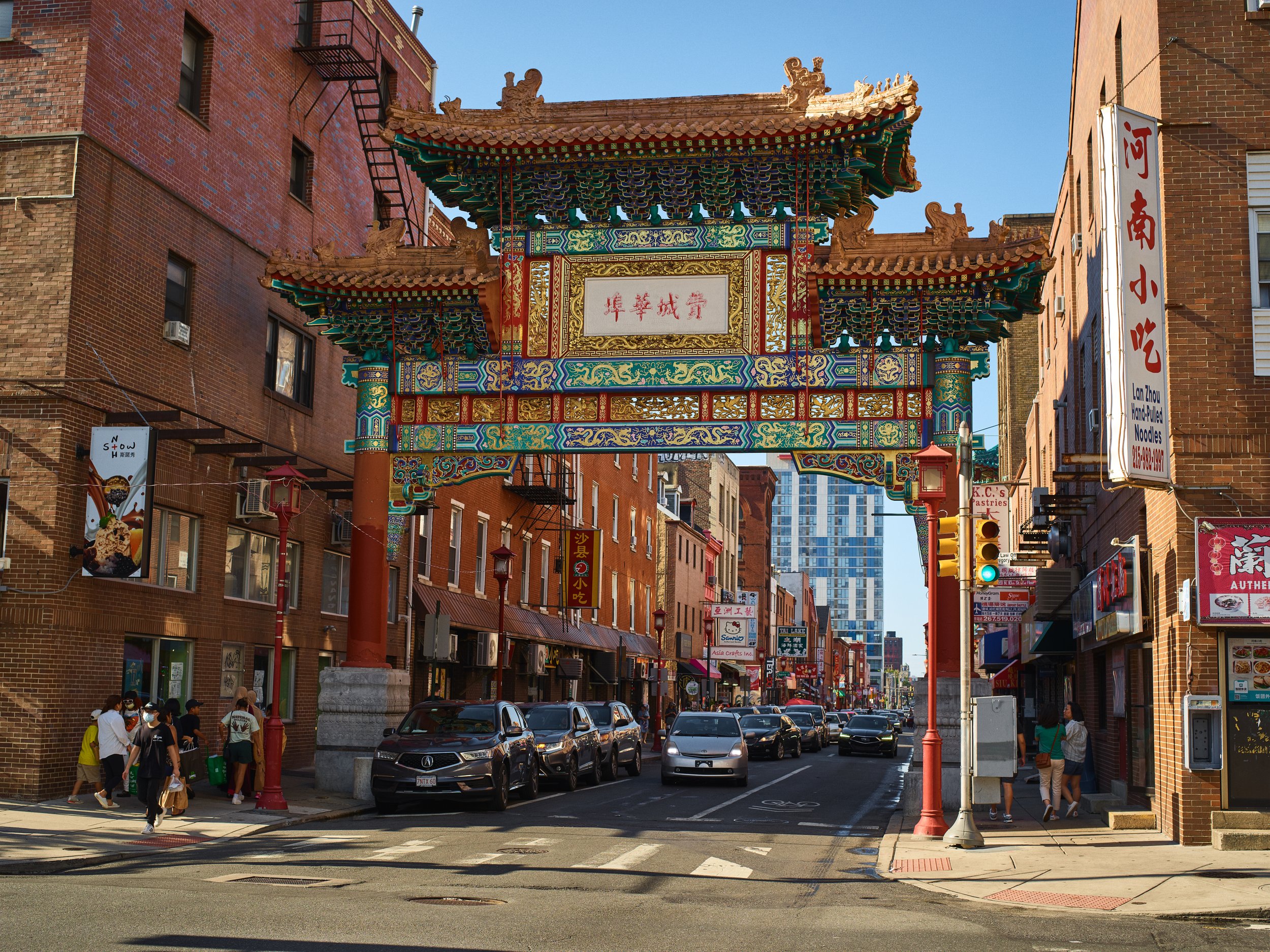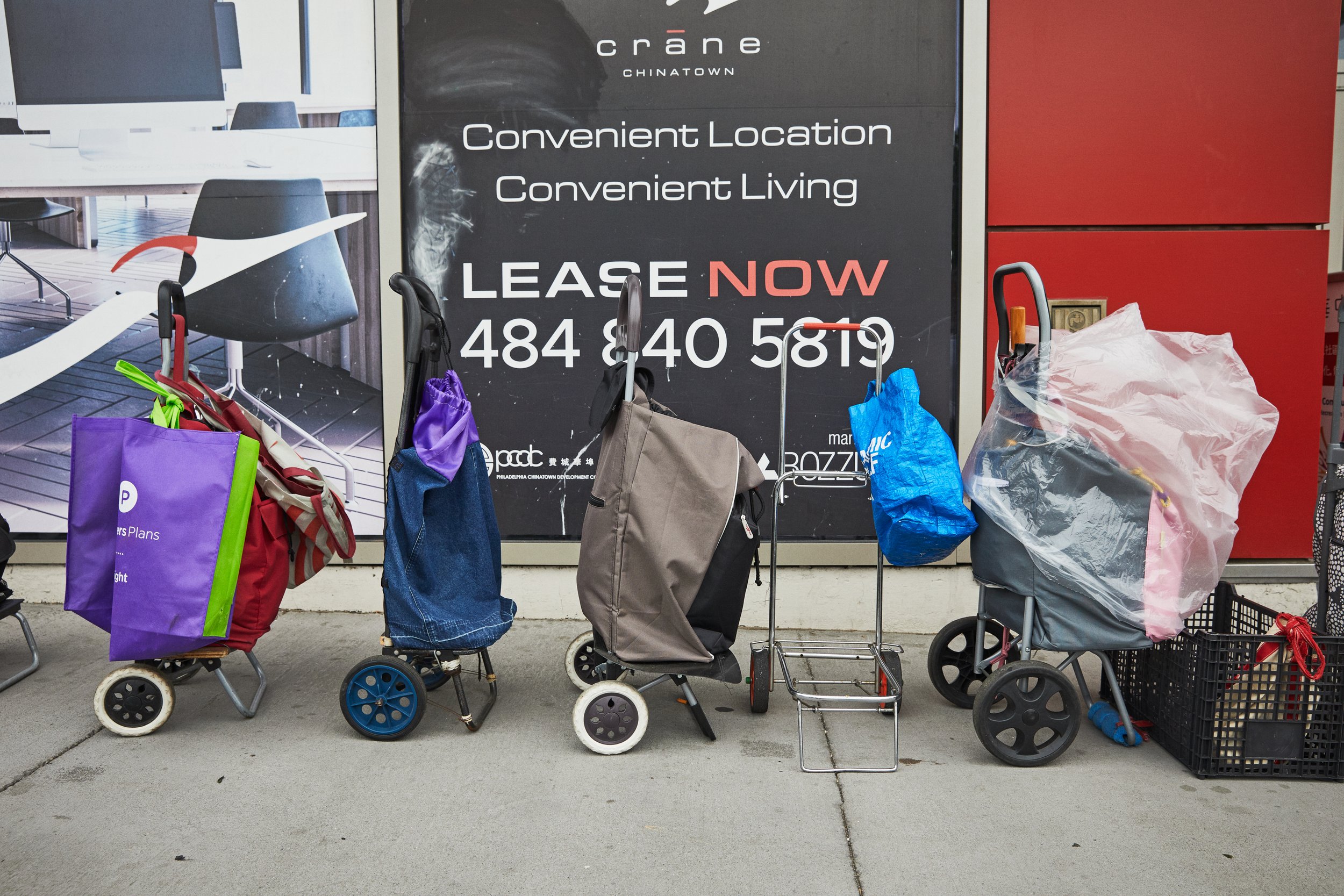
How a Highway Divided a Community
On a personal episode of “Still Processing,” Wesley Morris revisits a highway that he walked across as a kid. He never knew how deeply it had transformed the neighborhood it ran through. Full article and audio here, on The New York Times.
Words by Still Processing Team, Photographs and Video by Aaron Richter


Philadelphia’s Chinatown, like Chinatowns all over, is full of the bustle of life. Wander around and you’ll see tea shops, delivery vans, restaurants and markets that the neighborhood relies on. At least, you’ll see that in the part of town that is south of the Vine Street Expressway.
North of the expressway is the Holy Redeemer Chinese Catholic Church and School, a center for social services for the community, and some below-market housing. Many residents of Chinatown use these services, but they have to cross the expressway to get to them. This part of the neighborhood feels more industrial, less vibrant. It’s evidence of the changes the Vine Street Expressway has forced on the community.




Every Friday, more than a hundred older adults from the neighborhood have to cross the expressway to get to the food bank at Crane Community Center, next to the Holy Redeemer Church. Wesley joined a group of them who live at On Lok House, an apartment building for seniors, as they made the crossing on a recent Friday.
The Vine Street Expressway didn’t only disrupt life in Chinatown, it also disturbed the peace of the dead — specifically, those who were buried in the cemetery of the First African Baptist Church, founded in 1809.
The Vine Street Expressway, he realized, is part of this segregation. “The thing is dropped so far down below street level into the earth. All those drivers can just drive right past and not even think about the fact that the neighborhood they’re driving through never really wanted them there in the first place.”
“But once you take a second to just look to your left or look to your right or, God forbid, look up from your congested, depressed expressway,” Wesley continued, “there’s an opportunity there to think about what you’re actually driving through, or past or beyond.”

